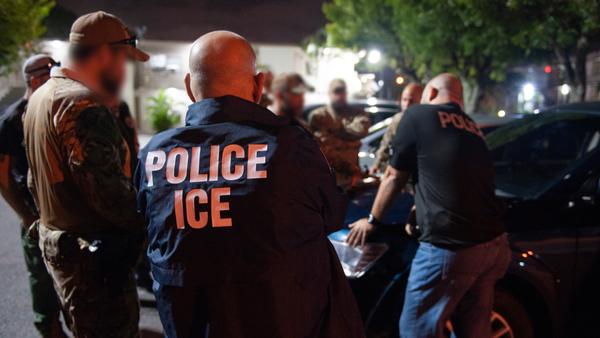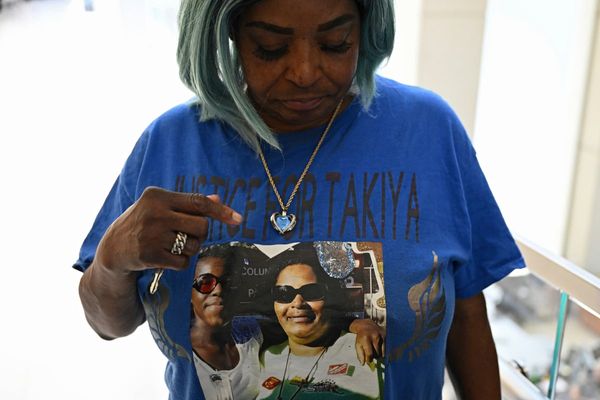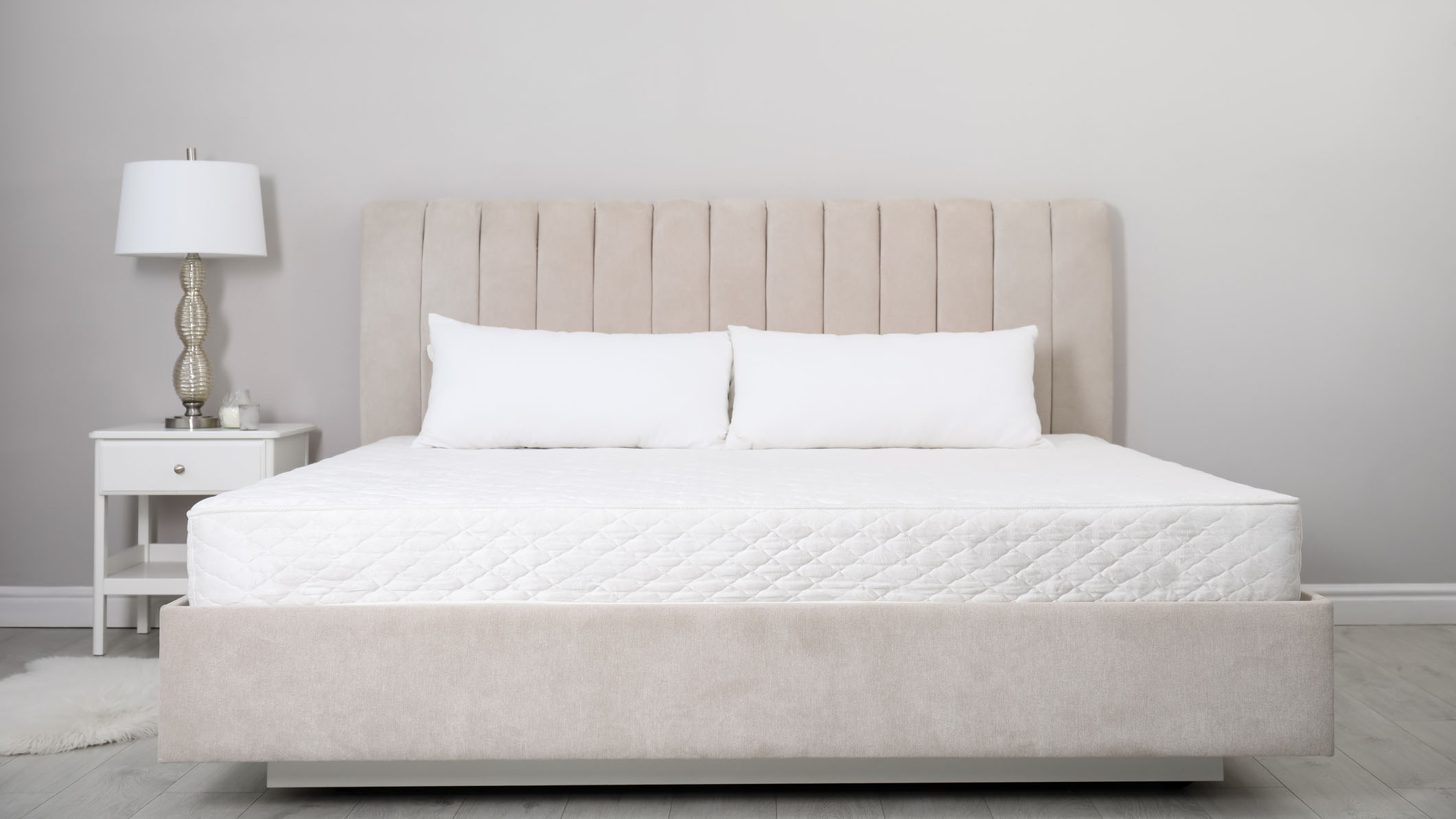
Several of the best boxed mattress brands, from Nectar to Casper, have been questioned over their alleged use of fiberglass. But what is fiberglass, why is it used in mattresses, and how can you tell if it's in your mattress? We'll be sharing those answers and more here.
While comfort and price are big deciding factors when choosing the best mattress for you, materials are also important. Fiberglass acts as a fire barrier in a mattress, and it's generally safe to sleep on, but there are health risks if you're exposed to the material.
Many sleep brands have transitioned away from fiberglass, but you'll still find it in many low- and mid-cost mattresses. Whether you want to vet your existing bed or browse this month's mattress sales for something new, here are signs that a mattress may contain fiberglass.
What is fiberglass and what does it look like on a mattress?
Fiberglass is a synthetic material made from glass and reinforced plastic, and is commonly used as wall insulation. It looks like thin, translucent straw or cotton candy.
This composite material is commonly woven into mattress covers and all-foam beds, but many of today's best memory foam mattresses do not contain fiberglass. Fiberglass is also used in some mattress toppers, especially foam ones.
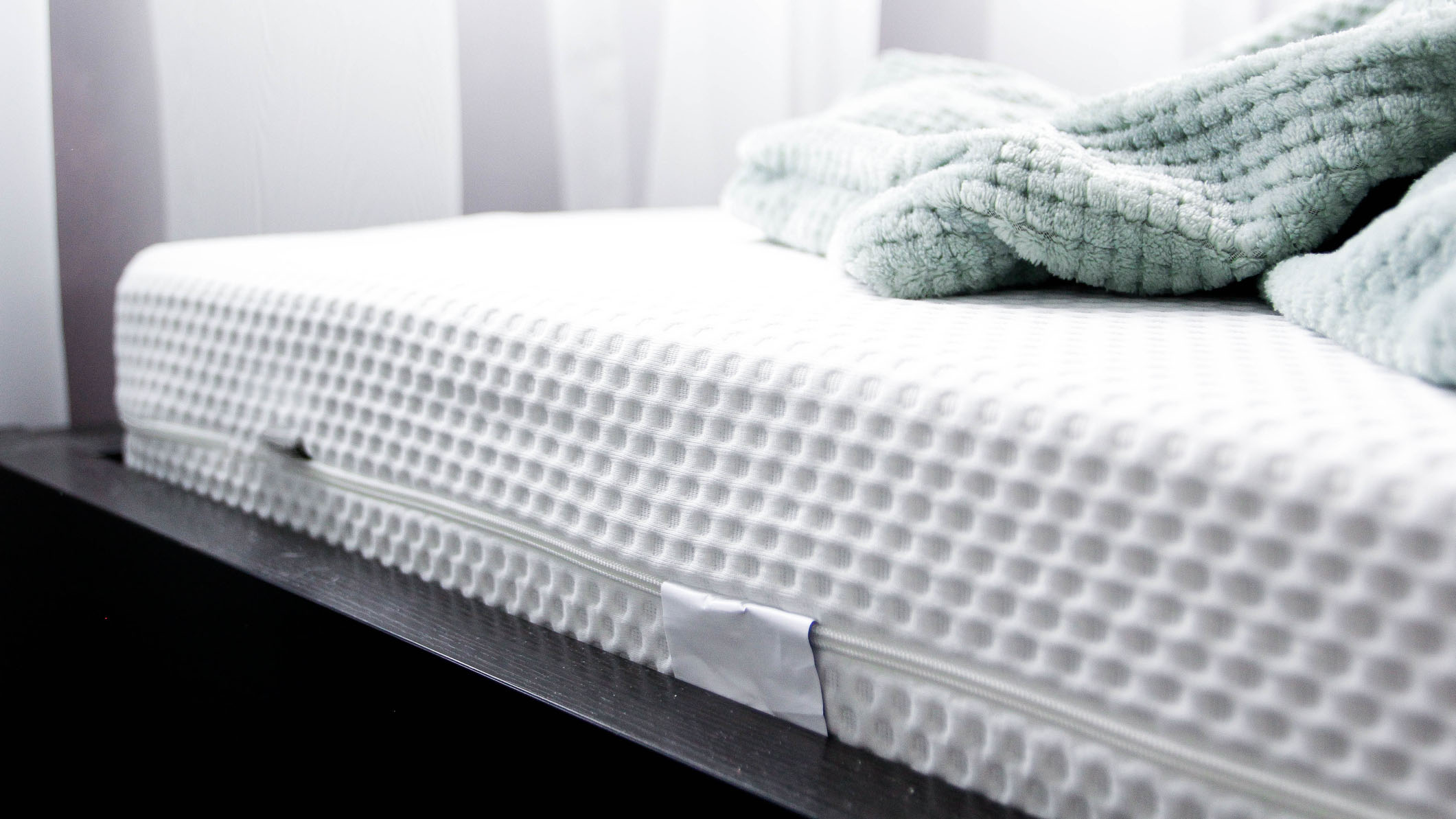
Why is fiberglass used in mattresses?
Mattresses are flammable, especially if they contain memory foam. Brands must ensure that their mattresses contain a flame retardant as outlined by the Consumer Product Safety Commission's Standard For The Flammability of Mattress Sets.
Fiberglass works like a protective barrier that stops mattresses from bursting into flames if they catch fire — it would melt instead. It's also a cheap material, which is why it's so commonly used.
As consumers make their concerns over fiberglass known, many brands have begun to substitute it for alternatives that are safer for human health. Still, fiberglass is a staple in budget mattresses.
Is fiberglass in mattresses dangerous?
As long as the fiberglass stays where it belongs — out of sight and inside the mattress — it will not pose a danger to your health or your home.
However, it’s controversial for many reasons. Fiberglass is buried inside a mattress, underneath the cover, for a reason. If the mattress cover gets removed, damaged, or wears thin, this can leave the fiberglass exposed.
If you accidentally touch the fiberglass, it can make your skin very itchy and blistered. You might even break out in a rash or hives. Inhaling fiberglass can also lead to inflammatory respiratory conditions such as bronchitis, and long-term exposure has been linked to lung disease.
Aside from the health risks, fiberglass is also very messy. If it escapes your mattress, it's very difficult to clean up as it gets everywhere. You would need the help of a professional cleaning company.
How to know if your mattress has fiberglass inside
The only way to know for certain is to remove or damage the cover, which is a big no-no as doing so could expose you and your home to fiberglass. (Plus, you'll void your mattress warranty for no good reason.) You'll have to rely on other ways to detect whether your mattress contains fiberglass.
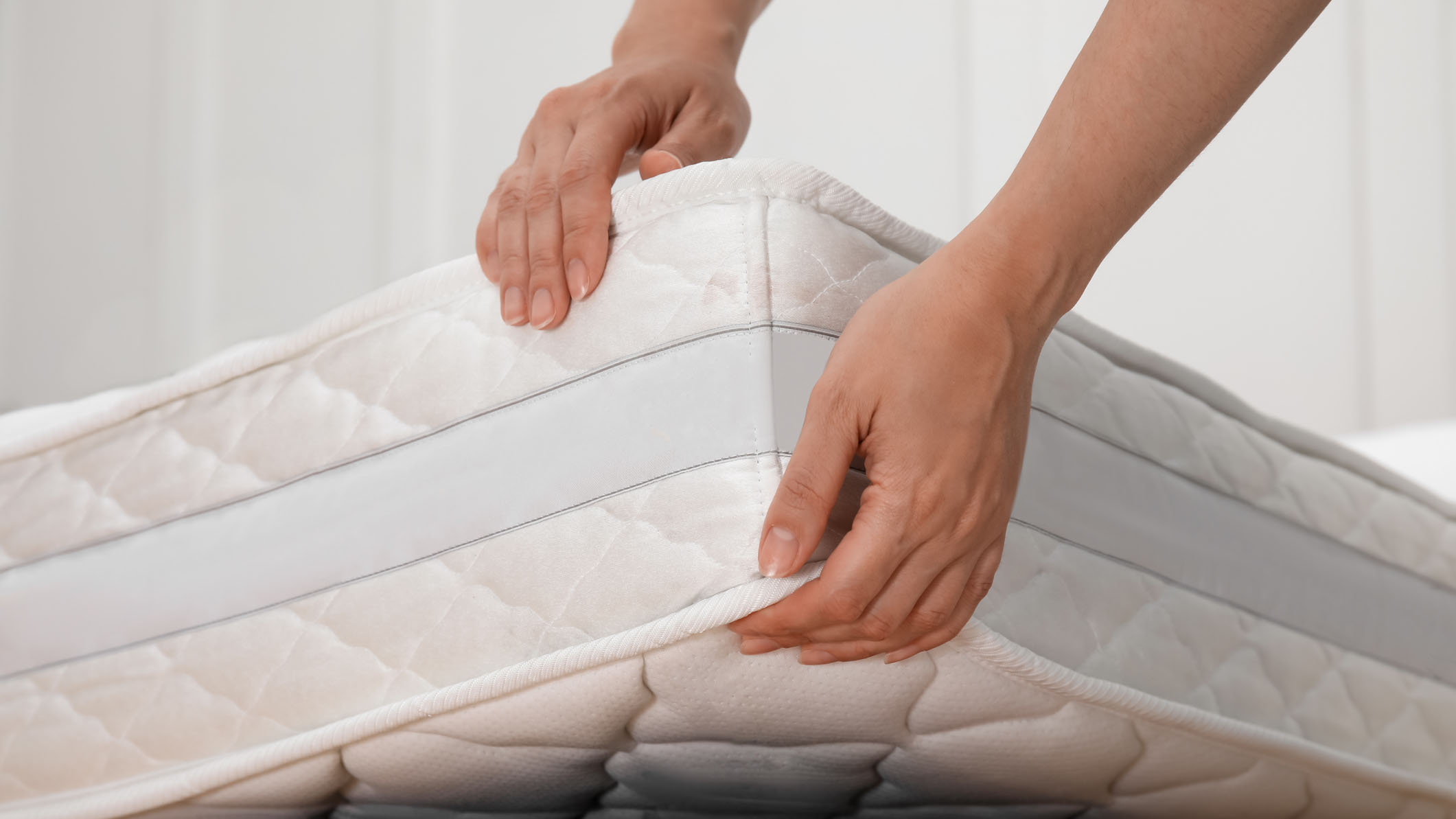
These are signs that your mattress contains fiberglass:
- Price: Fiberglass is a cheap material. If the mattress is priced very low, the manufacturer likely used fiberglass to keep the cost low.
- Tag or label: Sometimes, the label will mention that it contains fiberglass.
- Alternative terms: Some brands refer to fiberglass as “glass wool,” “silica, and “glass fiber” to avoid explicitly saying they use fiberglass.
- The website or care manual: The company’s website will sometimes name the flame barrier material. If you bought the mattress a while ago and haven’t kept the manual, check the mattress label for the model name and product number, then use it to search online for the mattress's care manual, which may list the materials.
- No mention of fiberglass: This advice sounds counterintuitive, but mattress brands that don’t use fiberglass (such as Saatva and Bear Mattress) will boast about using safer alternatives. If a company avoids telling you what they use as a flame retardant, be on your guard.
- It’s memory foam: Not all memory foam mattresses contain fiberglass, but they're more likely to. Some beds advertised as memory foam actually use cheaper polyfoam, which contains fiberglass.
What to do if there’s fiberglass in your mattress
If you’re mattress has fiberglass, there’s no need to panic. Fiberglass is only a problem if the cover is removed or damaged and the fiberglass is exposed. As long as the material stays in the mattress, it won’t pose a risk.
We strongly recommend wrapping your mattress in a mattress protector that's made to trap loose fibers. For a belts-and-braces approach, you can add a fiberglass-free mattress topper, as well.
Most importantly, never open the mattress cover. When possible, avoid using sharp items near your mattress to reduce the risk of damaging the cover. Also, consider keeping pets off your bed if they're inclined to scratch or chew.
Should you buy a new mattress?
If you’ve had your mattress for over eight years, you should probably replace it anyway as this is how long a mattress lasts on average.
However, if you’ve only had your mattress for a few years or even months (or simply don’t have the means to replace your old bed right now), you don't have to buy a new bed. Remember: fiberglass is only a health risk if you remove or damage the mattress cover.
That said, if you do feel that it’s time to retire your mattress, these are our three favorite fiberglass-free mattresses to buy online:
Our three favorite fiberglass-free mattresses
How do you get rid of a mattress with fiberglass?
If the mattress has been damaged, you'll need to proceed carefully. Wear protective gear (mask, goggles, gloves) to avoid fiberglass exposure. Wrap the mattress in a zippered encasement and vacuum any fibers that fell out. (Depending on the severity of the damage, you may need the help of a professional cleaning service.)
From there, you'll want to get in touch with a local waste management company or a recycling service in your area. Don't just dump the mattress anywhere — especially in its damaged state. You'll not only be breaking the law but also putting the health of others at risk.
If the mattress is otherwise fine, follow the same approach for disposing of or recycling your mattress, but take proper care to not damage it in the process. If you're replacing your mattress with a new one, see if white glove delivery with mattress removal is an option.

